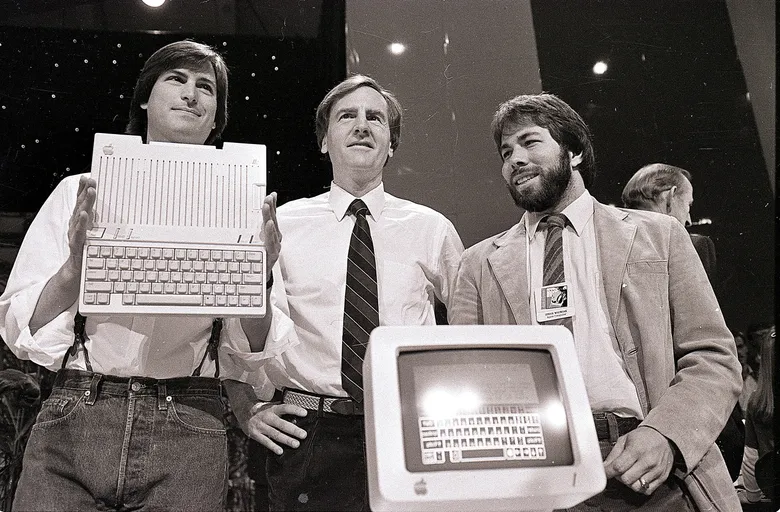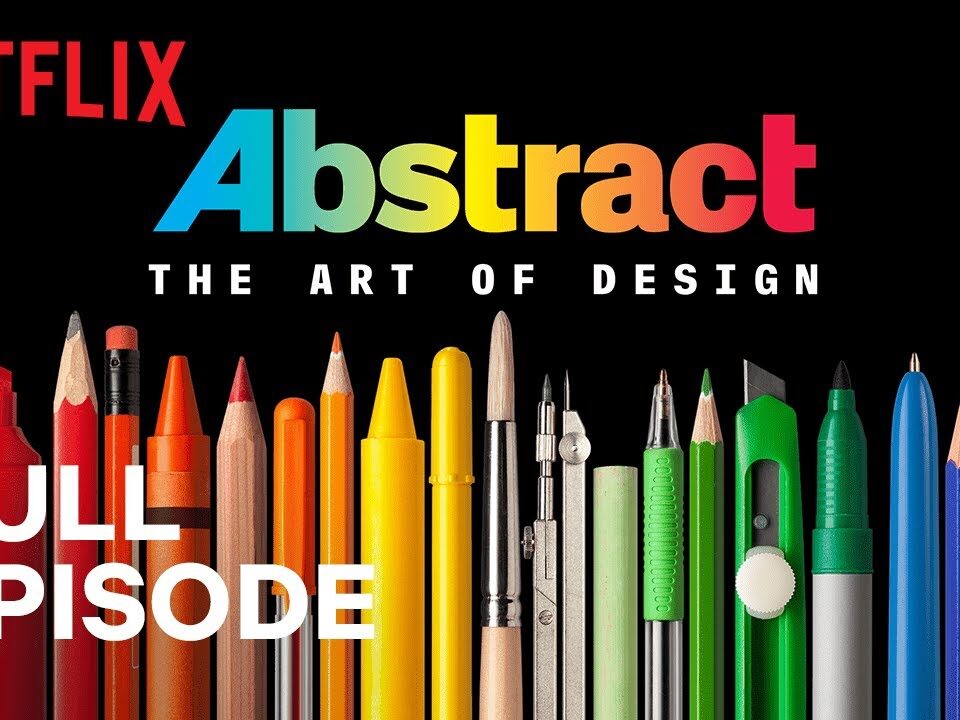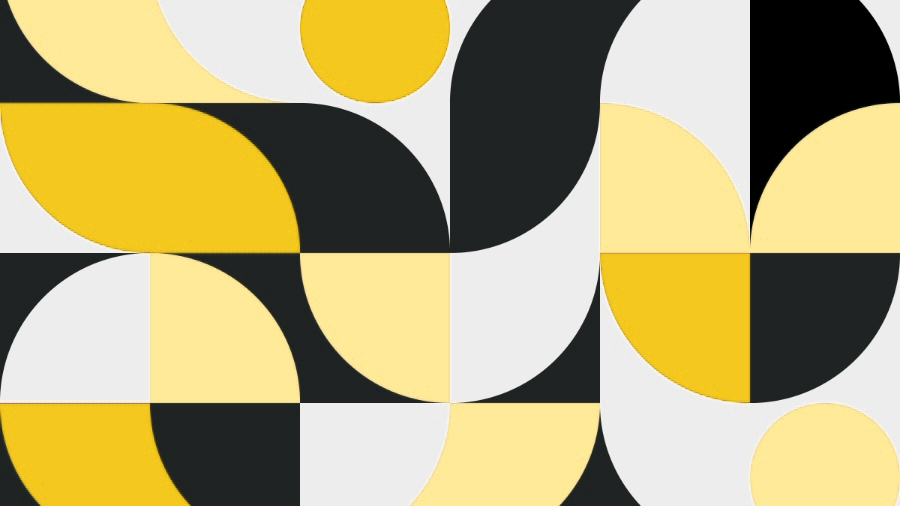
Web 3.0, also known as the decentralized web, is the latest evolution of the internet that promises to revolutionize the way we interact with digital content. One of the most significant changes that Web 3.0 is bringing is the way we think about user interfaces (UIs). In this article, we’ll explore how Web 3.0 is changing the way we think about UIs and what it means for the future of the Internet.
First, it’s important to understand what Web 3.0 is and how it differs from its predecessors. Web 1.0 was primarily a static web where content was displayed in a read-only format. Web 2.0 introduced dynamic web applications and social media, where users could interact with digital content and each other. Web 3.0 is the next step in the evolution of the web, where data and applications are decentralized and users have greater control over their digital lives.
One of the main features of Web 3.0 is the focus on decentralized applications (dApps) running on blockchain networks. These dApps are designed to provide users with greater privacy, security, and control over their data. They also feature decentralized user interfaces that allow users to interact with dApps without the need for a centralized server.
Decentralized UIs are changing the way we think about user interfaces, putting more power in the hands of users. With decentralized UIs, users can control their own data and choose how they want to interact with digital content. This is a significant departure from traditional UIs, which are typically designed to maximize user engagement and collect user data.
Another way Web 3.0 is changing the way we think about UIs is through the use of smart contracts. Smart contracts are self-executing contracts that run on blockchain networks and can automate complex processes. They can also be used to create dynamic UIs that adjust based on user behavior and preferences.
For example, a decentralized social media platform could use smart contracts to create a UI that adapts to each user’s preferences and provides a personalized experience. This may include features such as curated content, personalized notifications, and social interactions based on shared interests.
In conclusion, Web 3.0 is changing the way we think about user interfaces, putting more power in the hands of users and enabling greater customization and control. Decentralized UIs and smart contracts are two key features of Web 3.0 that are enabling this shift in thinking. As Web 3.0 continues to evolve, we can expect to see even more innovative UI designs and user experiences that prioritize user control and privacy.



